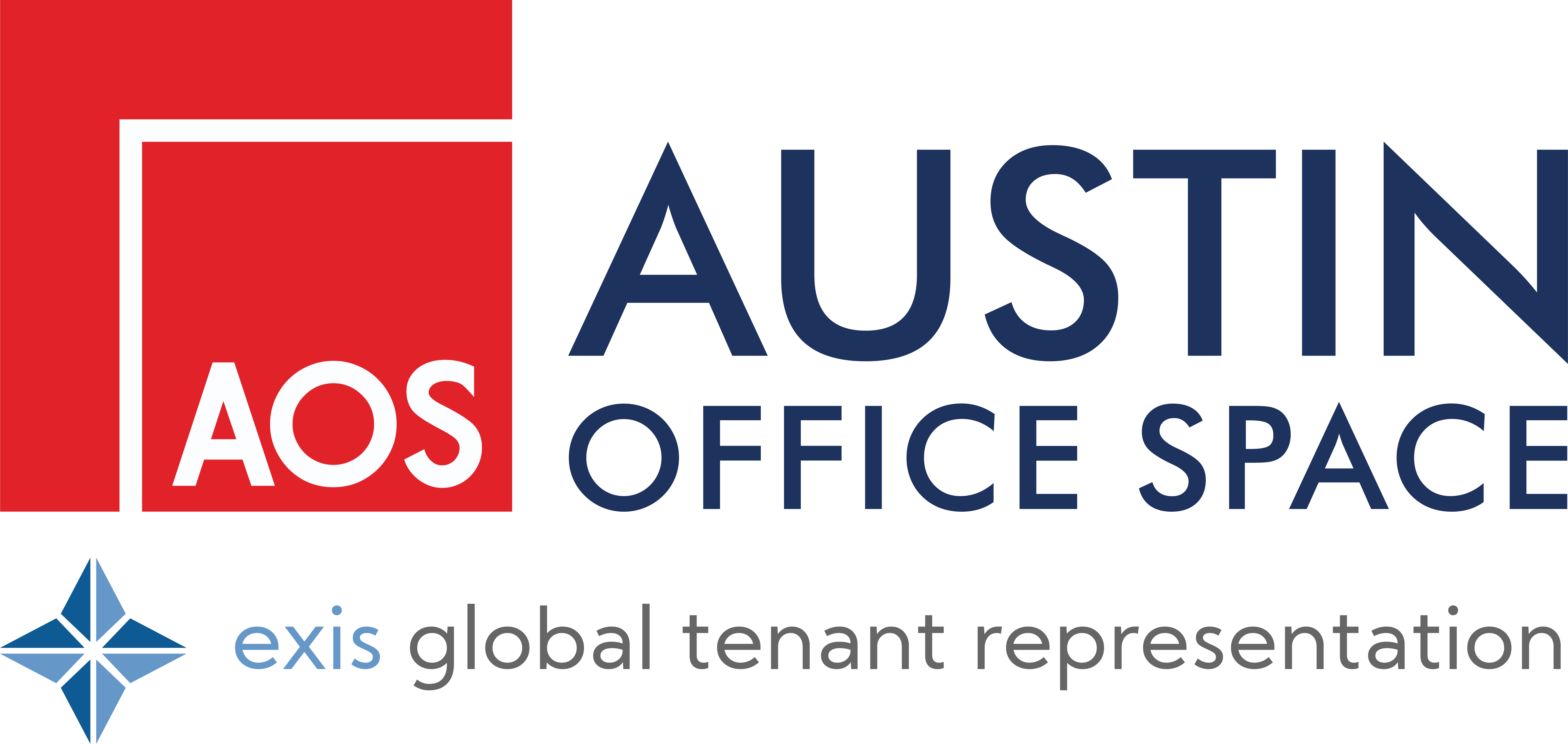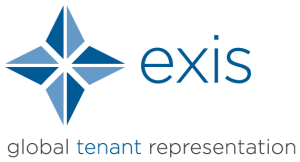Flat Rate
Base lease rate remains the same for all years of the lease. More common in short term leases.
Syncing Lease Terms
Expansion within your current building is a good way to grow without incurring the cost or inconvenience of moving. Often you can lease another suite and sync the new lease expiration to your primary lease. Syncing lease terms is a good strategy for companies leasing in multiple locations also. This allows you to move your whole operation to a larger contiguous space when all the leases expire.
Right of First Offer
Landlord must offer the tenant space as it comes available but is not required to have another tenant ready to lease it.
Buyout Termination Clause
Tenant has the right to end the lease by paying a fee equal to the un-amortized tenant improvements, free rent and leasing commissions. This is typically an expensive proposition for the tenant but does provide flexibility. Some nonprofit tenants with public funding need to have this option since their funding is allocated one year at a time. Landlords are very reluctant to make this concession in their leases.
Warehousing
Warehousing is a leasing strategy to accommodate future growth. The tenant leases more space than they currently need and subleases the extra space to smaller tenants for short terms. The idea is that the master tenant will need the space about the time the sublease expires so they will have space available to grow into. This was very common during the dot com boom when occupancy was around 97%. This is still a viable option for growing companies but can be financially risky.
First Right of Refusal
A condition that the landlord must offer available space in the building to the tenant before leasing it to someone else. Typically this right is only given on adjacent spaces and is used to help a tenant with growth concerns when signing a long term lease. The tenant must take the new lease space at the rate pre-negotiated with the other prospective tenant. Often, this right of refusal is only good one time and the tenant has only a few business days to make a decision. If the space is refused, the landlord has no further obligation to make it available to the tenant in the future.
Right of First Offer
Landlord must offer the tenant space as it comes available but is not required to have another tenant ready to lease it.
Renewal Option – Stated Rate
The rate at which the tenant can renew is guaranteed and stated in the lease. Only the biggest tenants are able to negotiate a stated rate renewal. This option is a huge risk for the landlord and is only given to attract the best tenants.
Renewal Option – Market Rate
Tenant would have option to renew current space at the end of their lease term. Often the tenant is required to give the landlord 60-120 days advance written notice of their intentions to use the renewal option. It is typically stated how many years the tenant must renew for but leaves the rate open ended– “at the then prevailing market rates”. This renewal option protects the tenant from having their space leased out from under them by adjacent tenants. Landlords don’t like giving options because it restricts their leasing flexibility.
Stepped Rate
Base lease rate increases each year of the lease. This is characteristic of most office leases. A lease with a $25.00 starting rate and $1.00 increases or “bumps” would look like $25.00 yr.1, $26.00 yr.2, $27.00 yr.3. The most common bumps in the Austin market are $.50 – $1.00 or 3% per year.


